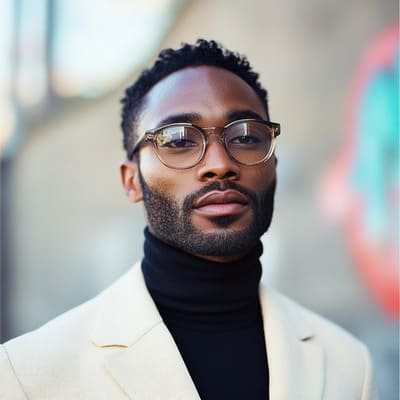How Fashion Weeks Set Global Trends
Fashion weeks are the most highly anticipated events in the fashion industry. Every year, designers, media, and fashion enthusiasts flock to fashion capitals like New York, London, Milan, and Paris to witness the unveiling of the latest trends and collections. These events not only showcase the work of top designers, but they also set the tone for global fashion trends. In this article, we will delve into how fashion weeks set global trends and why they are crucial in the fashion world.
The Power of Fashion Weeks
Fashion weeks are not just about glamorous runway shows and celebrity sightings. They serve as a platform for designers to showcase their creativity and set the tone for the fashion industry for the upcoming season. The impact of fashion weeks goes beyond the runways – they shape the way people dress and how brands market their products. Fashion weeks have the power to create new trends, revive old ones, and set the pace for the entire fashion industry.
The Influence of Designers
Designers hold a significant influence over the fashion industry. They are the creative minds behind each collection and their vision sets the tone for the upcoming trends. During fashion weeks, designers present their collections to the world, and their designs are closely watched and analyzed by the media and buyers. The trends seen on the runways are then translated into ready-to-wear collections and trickle down to fast fashion retailers, making them accessible to the masses.
The Role of Media
The media plays a crucial role in covering fashion weeks. With live streams, social media, and fashion websites, people from all over the world can now witness fashion weeks in real-time. The media plays a vital role in disseminating information about trends and collections seen on the runways. They also provide a platform for new and emerging designers to showcase their work and gain recognition in the industry. This coverage creates a ripple effect, influencing the fashion choices of consumers and setting global trends.
The Impact on Consumer Behavior
Fashion weeks have a significant impact on consumer behavior. After witnessing the latest trends on the runways, people are inspired to update their wardrobe and incorporate the latest styles into their everyday looks. The trends seen at fashion weeks also influence the buying decisions of retailers. They use these trends to decide which pieces to stock, making them available to consumers around the world.
The Evolution of Fashion Weeks
Over the years, fashion weeks have evolved into global fashion spectacles. They are now not only limited to the four major fashion capitals but have expanded to other cities such as Moscow, Tokyo, and Shanghai. This expansion has further broadened the reach and influence of fashion weeks, making them truly global events.
The Influence of Street Style
Street style has become an integral part of fashion weeks. Fashion bloggers, influencers, and street style photographers now flock to fashion weeks to capture the latest street style looks. These images are shared on social media, creating a buzz around fashion weeks. Street style has become an essential element in setting trends and inspiring consumers to incorporate new styles into their wardrobe.
The Rise of Digital Fashion Weeks
In recent years, digital fashion weeks have started to gain popularity. With advancements in technology, fashion weeks can now be streamed live to online audiences. This has made fashion weeks more accessible to a broader audience, increasing their influence on global trends. Brands are also starting to embrace digital fashion weeks, showcasing their collections through digital presentations and virtual runways.
In Conclusion
Fashion weeks have a significant impact on the fashion world and play a crucial role in setting global trends. From the influence of designers and media coverage to its impact on consumer behavior, fashion weeks have the power to shape the industry. With the constant evolution of fashion weeks, we can only expect them to continue to set global trends and provide a platform for creativity and innovation in the fashion world.











